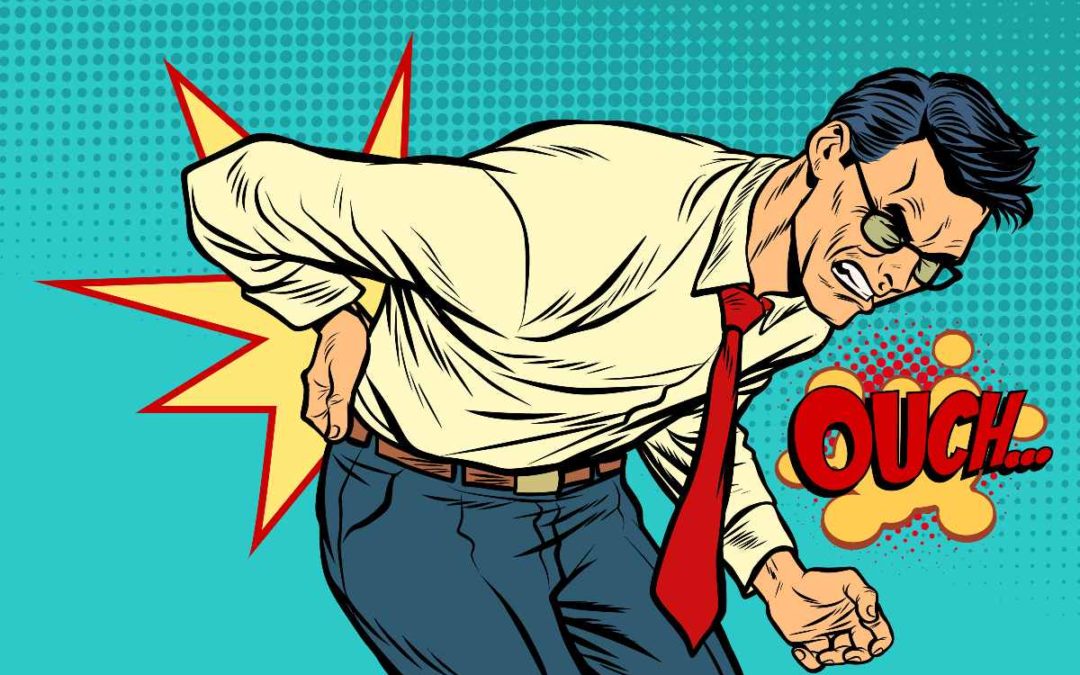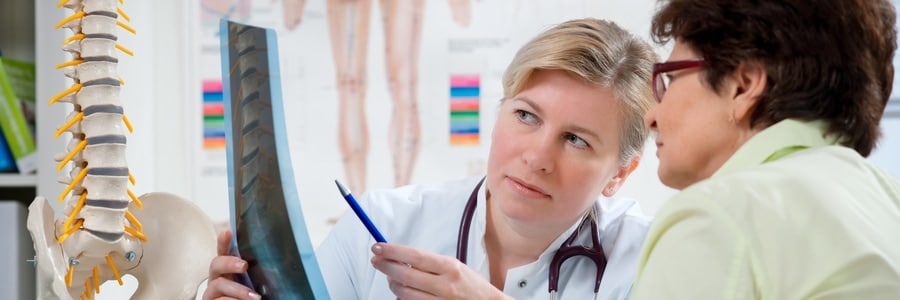At-home heat-based remedies for back pain reduce mild to moderate pain. Heat therapy is an effective supplement to physical therapy and spinal decompression.
The most common forms of therapy are:
- Heating Pads and Wraps
- Hot Baths
- Gel Pacs
What Can Heat Therapy Treat?
Heat therapy provides concentrated relief from pain in the following areas:
Irritated Nerve Roots
The nerves that lend feeling to your extremities are rooted in your spine. If you’ve sustained injury or strained those nerves, you may feel pain originating from the nerve’s root.
Irritated Spinal Nerve Endings
Some of your nerves begin and end in the spinal column. Extended periods of sitting or bad posture can irritate these nerves. Straining or twisting your back will also cause them to react.
Strained Erector Muscles
These muscles next to your spine help support it and keep it aligned when you perform work. Putting them in unnatural positions will cause pain in the upper and lower back.
Injured Ligaments and Joints
Joints and ligaments have a small range of motion. If you stretch them outside of their limits of elasticity, they will sustain injury. Injuries to ligaments and joints cause pain in all parts of the spine.
Slipped Spinal Discs
Known as intervertebral discs, these cartilage spacers ensure your spine doesn’t grind and wear itself down. They also absorb shock during impact. They can fall out of place and cause severe lower back pain.
How Do I Apply Heat Therapy?
Heat therapy should be warm, not hot. Apply heat for 20-30 minutes at a time. Do not exceed 30 minutes or you will risk heat-related injuries.
Use these items at the site of your pain:
Hot water bottle or gel pack
Heated gel packs and water bottles go directly on the skin provided they are at a safe temperature. If your pack or bottle is too hot, cover the affected area with a cloth before applying heat.
Gel packs and water bottles stay warm for about 30 minutes. Once they cool, allow your body temperature to regulate before reheating. Applying too much heat to a concentrated area is detrimental to your body temperature regulation.
Electric heating pad
The electric heating pad has a large surface area that stays warm through electrical conduction. The pad will stay heated as long as it is plugged in. Be sure to set a timer if you use an electric heater to avoid injury.
Also, if you think you will fall asleep, set an alarm to make sure you remove your heat source.
Heat pads and wraps
Heat pads and heat wraps provide low-level heat over a sustained period. Low heat cuts the risk of injury. The pad will relieve mild lower back pain over the course of several hours. You can also wear heat pads and perform daily tasks thanks to their adhesive backing.[/vc_column_text][/vc_column][vc_column width=”1/2″][vc_column_text]
Hot baths and saunas
Immersing yourself in hot water, steam, or warm air creates some of the same blood and nutrition circulation effects as more concentrated heating methods. The diffusion of heat also evokes a relaxing sensation, reducing stiffness and soreness in the muscles.
How does heat therapy work?
Heat therapy dilates blood vessels. Dilated blood vessels allow blood to flow more easily. Fast blood flow brings oxygen and nutrients to the parts of your body that need them most, which promotes healing.
Applied heat activates your skin’s sensory receptors, intensifying the therapeutic feeling of warmth.
Your muscles loosen when they receive extra heat. They become more elastic, allowing them to stretch and receive oxygen. The stiff feeling associated with back pain also disappears when heat is applied.
When Should I Avoid Heat Therapy?
Avoid heat therapy if you have existing skin conditions, high-blood pressure, or mental ailments.
Some specific conditions affected by heat therapy are:
- Rashes and lesions
- Vascular disease
- Deep-vein thrombosis
- Diabetes
Heat encourages bacterial growth in open lesions and can irritate rashes. Don’t apply heat to these conditions if there is a chance it will worsen.
Vascular disease and deep-vein thrombosis are also affected by heat. Warmth causes heart rate to rise and blood to flow more freely. Extra blood flow may affect clotting problems with deep vein thrombosis. It can irritate veins and arteries that are affected by disease. Direct heat can also exacerbate problems associated with heart disease and hypertension. Increased heart rate from raised body heat can stress an already compromised cardiovascular system.
Diabetics may experience significant discomfort from sudden changes like applied heat. If you suffer from diabetes, avoid applied heat for pain relief.
Can I Use Ice for Pain Relief?
Ice can relieve superficial pain on the surface of the skin. Deep pain such as muscular and nerve pain will not be affected by cold applications. Heat is much more effective at penetrating the skin and reaching pain deep in the body.




